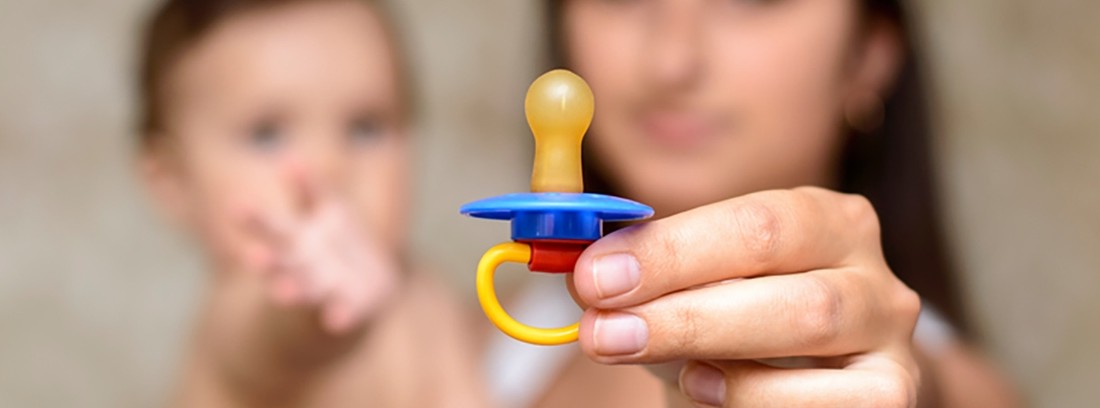Tips for the child to give up the pacifier
 | The pacifier is a powerful element to calm the baby, since the suction relaxes and generates a sense of security in infants. But, like everything else, it must have an ending and, in most cases, it is not easy or it can generate a lot of anxiety, both for the child and for the parents. The ideal is to burn stages without trauma.
| The pacifier is a powerful element to calm the baby, since the suction relaxes and generates a sense of security in infants. But, like everything else, it must have an ending and, in most cases, it is not easy or it can generate a lot of anxiety, both for the child and for the parents. The ideal is to burn stages without trauma.
One of the reasons why the use of a pacifier is discouraged from one year onwards is because its excessive use can lead to (misalignment of the teeth), deformations of the palate, as well as an increase in the incidence of cavities and otitis half. Prolonged pacifier use has even been linked to speech and diction problems.
8 Tips to make pacifier abandonment easier
- Limit its use: if the pacifier is used to calm the child in all his daily frustrations, we are limiting his ability to use emotional and personal resources to help him cope with the little battles of the day to day. Limit usage, at the beginning, of the pacifier, reducing it for naps and to sleep, it can be very useful if what you want is to leave it altogether.
- Offer Another Comfort: Swapping the pacifier for a stuffed animal can go a long way when taking it off at night.
- Give it to the Three Wise Men or Santa Claus: in older children, leaving the pacifier the night before the arrival of the Three Wise Men or Santa Claus can be a great motivation ... Of course, it is a joint decision, and the child must agree. It must be clear that no other pacifier should be bought again.
- Read stories that talk about the topic: stories have great power over the child. Buying stories that talk about autonomy and how he gets older can be of great help when it comes to giving up the pacifier or other great milestones that he has to overcome: the arrival of a new brother, the beginning of kindergarten ...
- Negotiate and agree: we can agree to decrease its use and establish the deadline to abandon the pacifier (such as their birthday) ... You can also agree on times and places in which the pacifier is allowed or not and agree with the child to Ask for it when you really need it. This tactic is only effective if the child has good communication and understanding skills.
- Patience and praise: if the child detects that during the withdrawal process the parents are nervous or impatient, it may make the process difficult or even cause a greater attachment to the pacifier. Praise for small victories or moments without him should be the norm.
- Do not take drastic measures: radical decisions without the child's prior consent should not be the guideline to follow, since the child's non-participation in the process can cause a traumatic and unexpected situation that would cause a lot of suffering in the child.
- Take advantage of the nursery: it is very possible that in the nursery the teachers are already in the task of limiting the use of the pacifier in the classroom. Taking advantage of this circumstance can be a first tactic to reduce the use of the pacifier.
- After one year of age, its use is discouraged because it can cause dental problems and even speech and diction.
- The withdrawal must be done in an agreed manner and without the parents showing impatience or nervousness.
- Reading stories that talk about the topic, setting a deadline (birthday, Three Wise Men, beginning of kindergarten…) can help.
Pediatric Specialist
(Updated at Apr 14 / 2024)